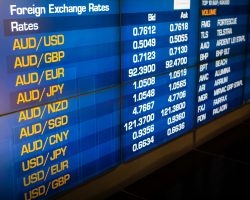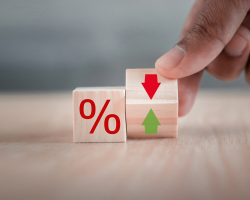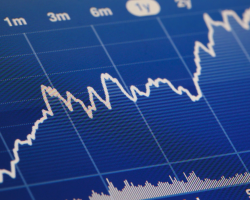Which Trading Style Fits You Best? A Guide to Choosing Your Strategy
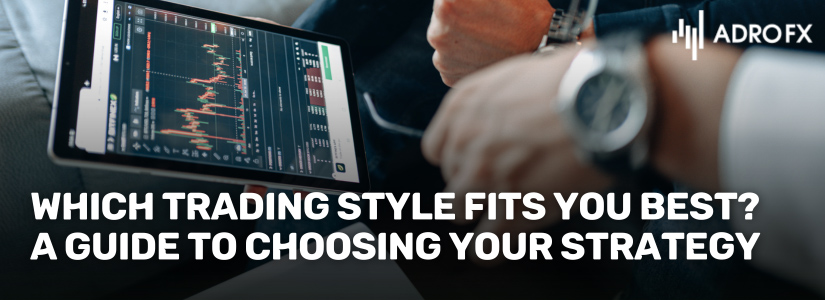
In the world of trading, finding the right approach can be the difference between success and frustration. There isn’t a one-size-fits-all method; rather, different trading styles cater to various time commitments, risk levels, and personality traits. Some traders thrive on the high-energy pace of quick trades, while others prefer to hold positions for weeks or even months, letting the market evolve gradually. Understanding your trading style is a crucial first step to building an effective trading strategy. Each approach, whether it's day trading, swing trading, or long-term investing, has its own demands and unique advantages. By identifying the style that best matches your risk tolerance and lifestyle, you can make informed, consistent decisions that align with your goals and improve your long-term success as a trader.
Day Trading: Fast-Paced, High-Intensity Approach
Day trading is a high-energy trading style that appeals to individuals who enjoy making swift, precise decisions. At its core, day trading revolves around the idea of buying and selling assets within the same trading day, meaning no positions are held overnight. This approach allows traders to capitalize on small price movements in stocks, forex, or other assets, with the goal of making multiple quick profits throughout the day. Day trading is ideal for those who can remain focused and calm amid rapid fluctuations and thrive in a high-intensity, fast-paced environment.
The typical day trader must be prepared for extensive screen time, as monitoring market movements and news updates in real-time is essential. This strategy also requires a robust understanding of technical analysis tools, including charts, trend lines, and indicators, to make split-second decisions. While the rewards can be significant, especially during volatile market conditions, the risks are equally high. Frequent trades incur higher transaction costs, and the potential for loss is elevated by the quick shifts in market sentiment that day traders often exploit.
Successful day traders typically have a distinct set of personality traits: they are adaptable, decisive, and able to handle high-stress situations with composure. Moreover, a disciplined approach to trading is crucial. Without a strict plan and a clear exit strategy, it can be easy to make impulsive decisions, leading to losses. For those willing to commit to the rigorous demands of day trading, the style offers an opportunity to build profits from small but frequent price movements. However, due to its intense nature and steep learning curve, day trading is often recommended for experienced traders or those willing to undergo substantial training and practice.
Also read: Navigating the World of Day Trading: Legitimacy, Strategies, and Balancing Act
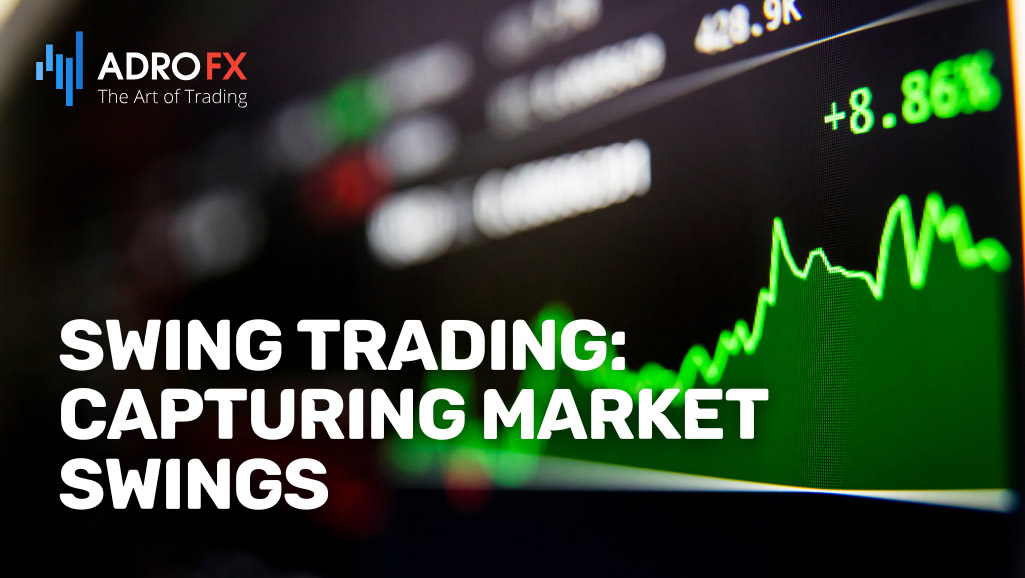
Swing Trading: Capturing Market Swings
Swing trading is a medium-term strategy designed to capture price "swings" within an asset's overall trend, providing an alternative for traders who prefer less frequent but more calculated trades. Unlike day trading, where positions are closed by day’s end, swing trading involves holding trades for several days or weeks. The goal here is to profit from significant market shifts within a relatively short time frame, allowing swing traders to capitalize on medium-term movements without the intense day-to-day monitoring of shorter-term strategies.
One of the key aspects of swing trading is the ability to identify patterns and turning points. Swing traders rely heavily on technical analysis, examining indicators like moving averages, support and resistance levels, and oscillators to time their entries and exits. This style requires a moderate time commitment, as traders must stay updated on market trends but don’t need to be glued to their screens. Swing trading often attracts those who have the analytical skills to assess market momentum and the patience to wait for favorable trade setups to play out, making it suitable for individuals who can manage a balance of time dedication and strategic foresight.
Swing trading offers a middle ground between the intensity of day trading and the extended timeline of position trading. However, it’s not without risk - overnight holds expose positions to market gaps and sudden news events that can impact prices. For example, swing traders in stocks may be affected by earnings announcements or economic reports, while forex swing traders might face central bank decisions or geopolitical events. Despite these risks, the potential for steady gains with lower time commitment makes swing trading appealing to those who prefer a structured yet flexible approach to trading.
Also read: How to Swing Trade in a Bear Market
Scalping: Small Profits, High Volume
Scalping is an ultra-fast trading style characterized by executing a high volume of small, quick trades within a single day. This strategy focuses on capturing tiny price movements by entering and exiting positions rapidly, often within seconds or minutes. Unlike other trading styles that aim for larger profits per trade, scalpers depend on high trade volume, banking on the accumulation of small gains to achieve substantial returns. Scalping is best suited for traders who excel in high-pressure situations, can make lightning-fast decisions, and have the stamina for a relentless trading pace.
Precision is paramount in scalping. Scalpers rely heavily on technical indicators and price action to time their trades precisely. Tools like real-time charts, moving averages, and momentum indicators are essential for identifying brief trading opportunities. Scalping demands constant attention, as even minor delays can lead to missed profits or losses. This style is ideal for traders with quick reflexes and a solid grasp of technical analysis, as every millisecond counts in determining the success of each trade. The continuous focus required for scalping can be mentally exhausting, but for those who can manage the high-intensity environment, scalping offers the chance to capitalize on frequent, low-risk trades.
While scalping can yield quick profits, it also comes with distinct challenges. The rapid pace and sheer volume of trades lead to higher transaction costs, which can cut into profits if not carefully managed. Additionally, the need for near-constant monitoring means scalping can feel like a full-time job, making it less suited for individuals with other responsibilities. Despite these challenges, scalping attracts traders who value fast results and have the discipline to stick to a rigorous, high-frequency trading plan.
Also read: Forex Scalping: Strategies for Swift Gains
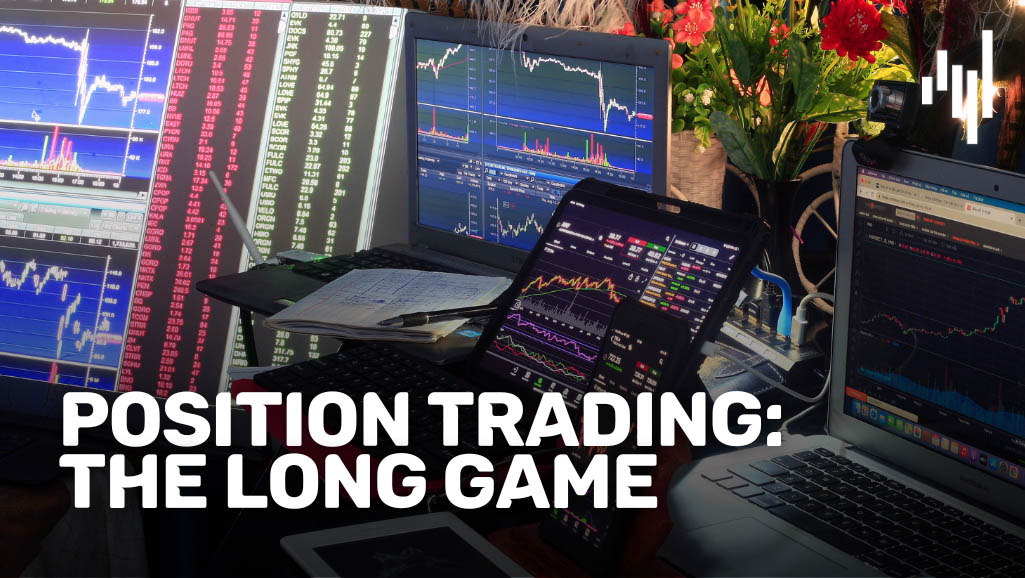
Position Trading: The Long Game
Position trading is a long-term strategy that involves holding trades for weeks, months, or even years, aligning more closely with investing than active trading. Unlike day or swing traders, position traders focus on broader market trends, often ignoring short-term price fluctuations in favor of larger, sustained movements. This approach suits those who can remain patient and committed to their trades, even through periods of volatility, as it requires enduring market ups and downs while staying focused on long-term objectives.
Position traders conduct extensive analysis before entering trades, relying on both technical and fundamental factors to gauge the potential of a prolonged trend. Key indicators might include economic reports, interest rates, and major industry trends. For example, a position trader might buy a stock based on strong growth projections and hold it for a year or more to realize gains from its gradual price increase. This style requires a deep understanding of market cycles and the ability to withstand price fluctuations, which can be challenging for less experienced traders.
The primary advantage of position trading is its flexibility; traders aren’t required to watch the market constantly, making it suitable for those with limited time. However, position trading does come with its own risks, as holding positions over a long period exposes traders to significant market events that could lead to sudden shifts. For those who can maintain composure and commitment to a long-term outlook, position trading provides an opportunity to benefit from large-scale market trends without the need for frequent trades.
Also read: Staying Ahead: Latest Trends in Forex Trading and Investing
Algorithmic and Automated Trading: Using Technology in Trading
Algorithmic and automated trading have revolutionized the trading landscape by enabling traders to use computer programs to execute trades based on pre-set criteria. This technology-driven approach allows for precision and speed, helping traders respond instantly to market signals and take advantage of fleeting opportunities. By eliminating the emotional component of trading, algorithmic strategies maintain discipline and consistency, making them especially useful for traders prone to emotional bias or impulsive decisions.
Automated trading is particularly popular in high-frequency trading (HFT), where algorithms execute thousands of trades in seconds. Algorithmic trading isn’t limited to just HFT; it can be applied to various strategies, from trend-following to arbitrage. Traders can customize algorithms to suit specific goals, such as entering trades when an asset hits a certain price or closing positions based on predefined risk levels. This method appeals to those who are comfortable with technology and understand the logic behind their strategies, as designing effective algorithms requires programming knowledge and an understanding of market mechanics.
Despite its advantages, algorithmic trading is not without risks. Technical malfunctions or overly rigid algorithmic rules can lead to unintended losses if the program operates outside of expected parameters. Additionally, algorithmic trading may require substantial investment in technology and infrastructure. However, for traders with the expertise to design and manage these systems, automated trading offers a way to streamline their approach, reduce emotional influence, and optimize timing across a range of strategies.
Also read: Leveraging AI in Forex: How Technology is Changing Trading

Choosing the Right Trading Style for You
Choosing the right trading style is crucial for long-term success in the markets. The best trading style for you will align with your personal goals, risk tolerance, and available time. If you’re looking for quick results and have the time to dedicate to monitoring the markets, day trading or scalping may be the right fit. However, if you prefer a more measured approach with less daily commitment, swing trading or position trading might suit you better. It’s important to honestly assess how much time you can invest in your trading activities and how much risk you’re willing to take on.
To make an informed choice, experiment with demo accounts or engage in backtesting strategies to simulate real market conditions. This allows you to test different styles without risking actual capital. By observing your reactions to different trading scenarios, you can gain valuable insights into what works best for your temperament and objectives. Remember that trading is not a one-size-fits-all endeavor, and finding a style that matches your personality is essential for long-term satisfaction.
Adapting Your Style as Markets Change
While having a consistent trading style is important, the flexibility to adapt is equally crucial in changing market conditions. Financial markets are dynamic, influenced by economic events, geopolitical developments, and investor sentiment. As a result, a strategy that works well in one market environment may not be as effective in another. Successful traders understand the importance of adapting their approach when necessary.
Adapting your trading strategy might mean shifting from a short-term approach to a more long-term one during periods of high volatility or embracing a more cautious trading style when uncertainty rises. The key is to remain flexible, continuously learning from the markets and adjusting your strategy to stay aligned with the prevailing conditions.
Conclusion
Ultimately, the key to success in trading lies in embracing a style that works for you. By choosing a strategy that aligns with your goals, risk tolerance, and available time, and remaining open to adaptation as market conditions evolve, you set yourself up for sustained success. Developing and sticking to a trading style that fits your personality not only helps you stay disciplined but also keeps you motivated to learn and grow as a trader.
Ready to find the trading style that suits you best? Start experimenting today with a demo account to explore different strategies without risk. Visit AdroFx to create your account, access powerful trading tools, and begin your journey toward becoming a successful trader. Whether you're new to trading or refining your approach, we have the resources to help you thrive!
About AdroFx
Established in 2018, AdroFx is known for its high technology and its ability to deliver high-quality brokerage services in more than 200 countries around the world. AdroFx makes every effort to keep its customers satisfied and to meet all the trading needs of any trader. With the five types of trading accounts, we have all it takes to fit any traders` needs and styles. The company provides access to 115+ trading instruments, including currencies, metals, stocks, and cryptocurrencies, which make it possible to make the most out of trading on the financial markets. Considering all the above, AdroFx is the perfect variant for anyone who doesn't settle for less than the best.

